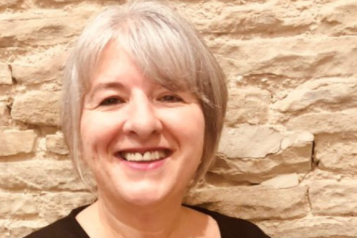Breaking down NHS waiting lists to tackle inequalities

As the NHS waiting list soared, Healthwatch England researched the human stories behind the numbers. Their findings revealed stark inequalities: women, people from ethnic minority backgrounds, disabled people and those living in deprived areas often faced longer waits and worse experiences.
These disparities were not simply about time. People told us about poor communication, a lack of support for worsening symptoms and the mental and physical toll they faced. They also told us of the impact long waits had on their ability to work, do household tasks, and socialise.
Based on this evidence, they called for NHS England to publish waiting list data broken down by demographics like age, sex, ethnicity, and deprivation levels. This would help identify inequalities and ensure action is targeted to improve access for everyone.
We welcome the work from NHS England to publish this important data, which we have called for since our report on waiting list disparities in 2022.
Understanding who is waiting longer for hospital treatment is the first step to addressing inequalities and making sure everyone has the same access to care.

